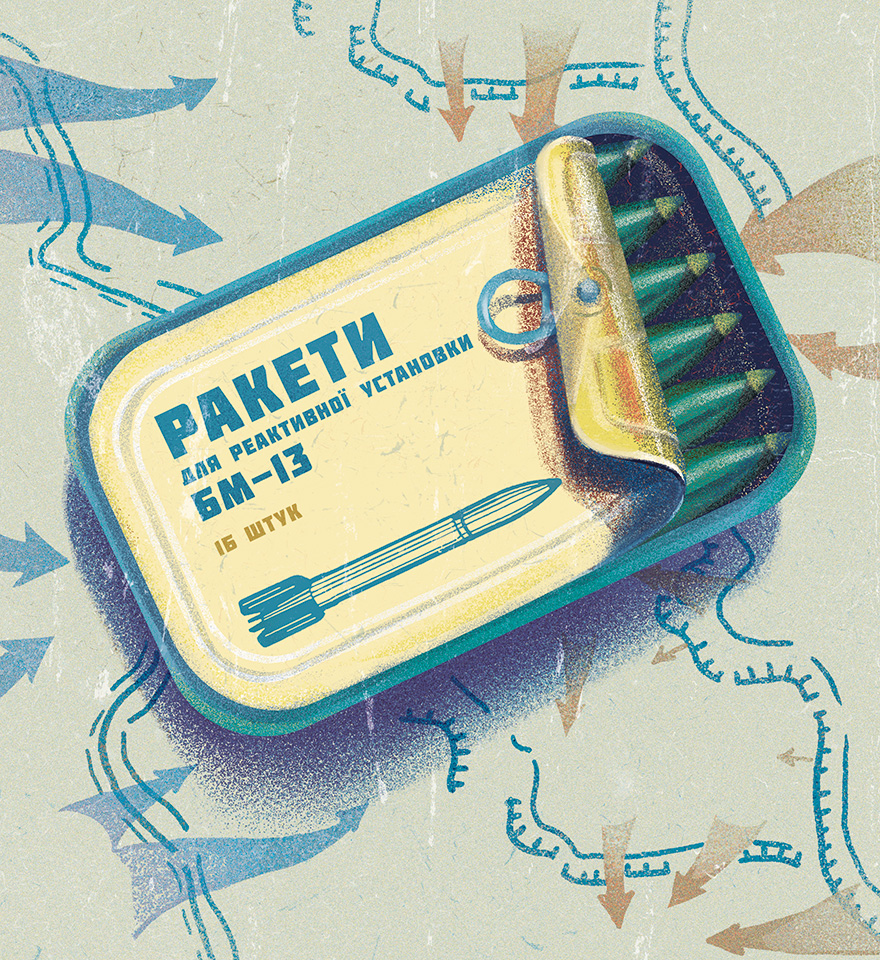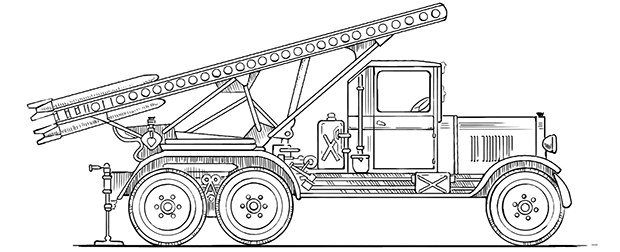LangemakGeorgy
July 20, 1898, Starobielsk, Russian Empire (now Luhansk Oblast, Ukraine)—
January 11, 1938, Moscow, USSR (now Russia)
GwaiIvan
December 13, 1905, Katerynoslav, Russian Empire (now Dnipro, Ukraine)—
June 22, 1960, Moscow, USSR (now Russia)
Multiple Rocket Launcher System “Katyusha”
The

They started to learn the launcher. At first glance, an ordinary truck with eight rails welded to the chassis on which the shells move. It is easy to reproduce such a thing! They did. They fired it. The German shells flew out but exploded in the air, not reaching their target. And so on and on and on. Then it became clear that the secret was in the shells. They were obtained. They disassembled the shells. They began to study the mixture that powered their solid-fuel rocket engines...
In addition to smokeless (black) gunpowder, which the Chinese discovered in the ninth and tenth centuries, French chemist Paul Viel invented smokeless (white) gunpowder in 1884. Besides its obvious advantage, it was also three times more powerful than black. Using Viel’s mixture as a basis, chemists from various countries started experimenting and quickly invented unique mixtures. Alfred Nobel received a patent for gunpowder in 1888, Dmitri Mendeleev invented pyrocolodic gunpowder in 1891, and Ivan Grave tried to apply for a patent for his composition of the gunpowder mixture in 1916...
And in 1928, the Ukrainian military engineer Georgy Langemak began working at the Gasdynamic Laboratory. Together with others, he was engaged and led the development of solid-fuel unguided “air-to-air” and “air-to-ground” rockets for bombers. These shells were supposed to reach targets without trajectory correction during flight. It was decided to use Ivan Grave’s ashes as a solid fuel. The result was shells of two calibers: 82 and 132 millimeters in diameter —

Multiple rocket launcher system “Katyusha”
By the way, at first, both
Whether true or not, they say, when Gwai came to the Higher Attestation Commission for his Ph. D., they asked him, “Where is your thesis?” Gwai replied, “Shooting at the war front.”
During the war, about 6,800